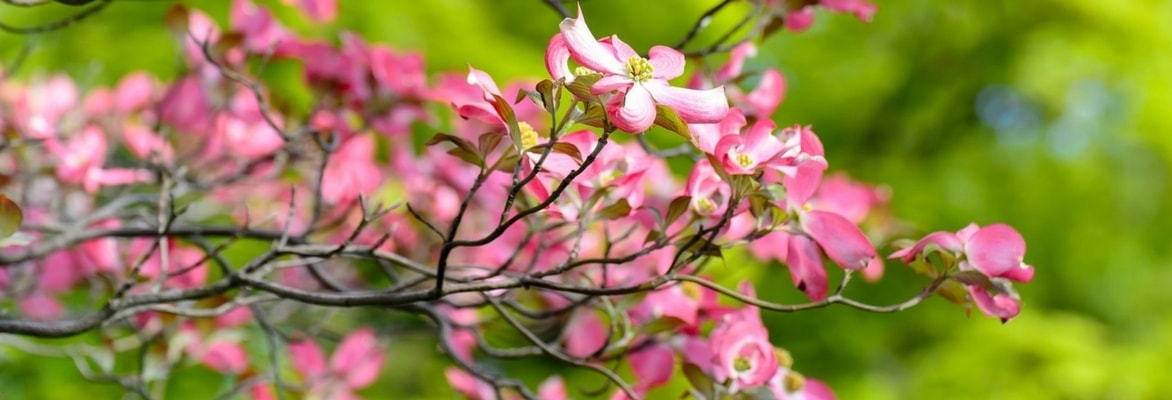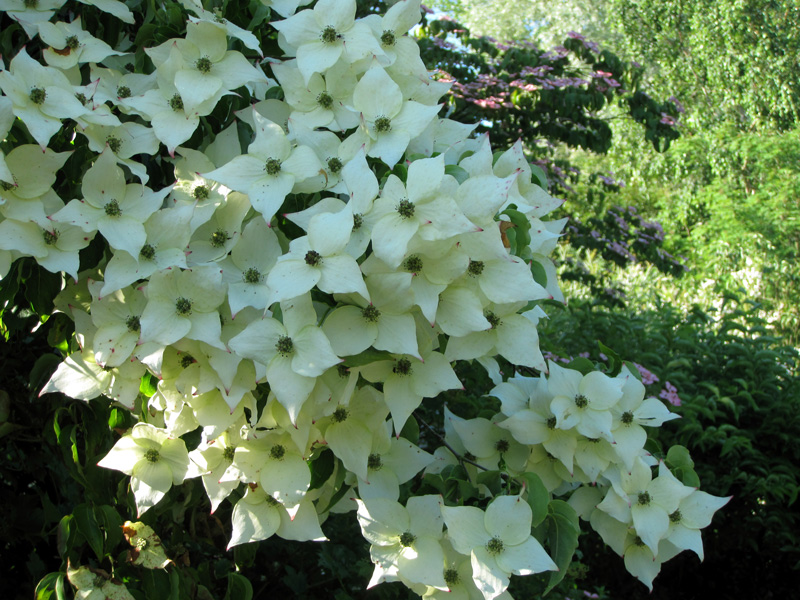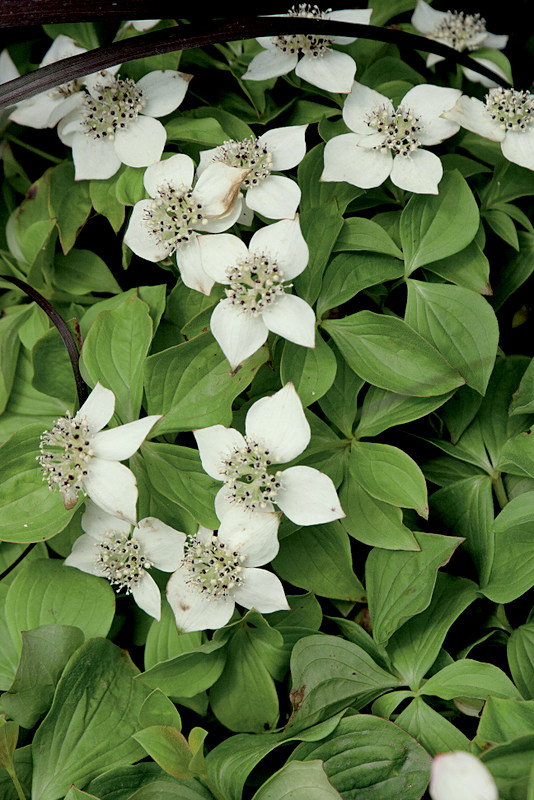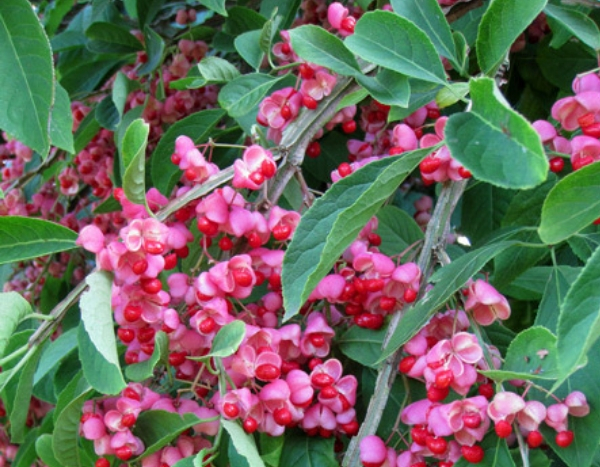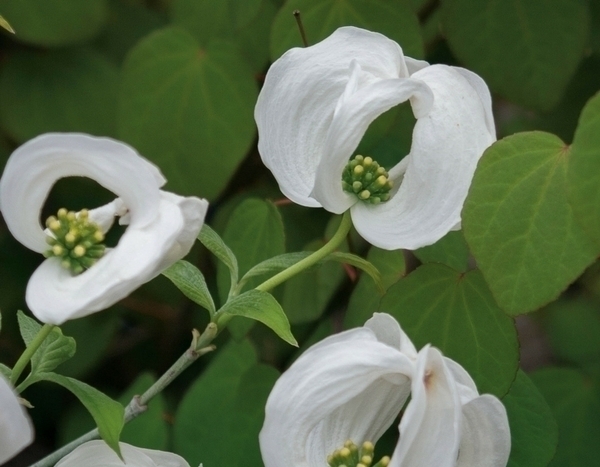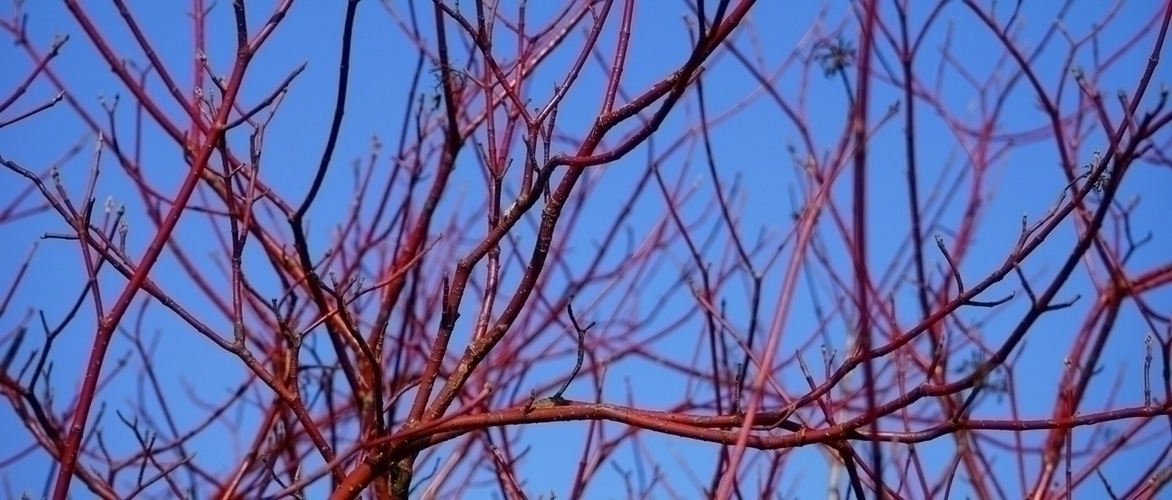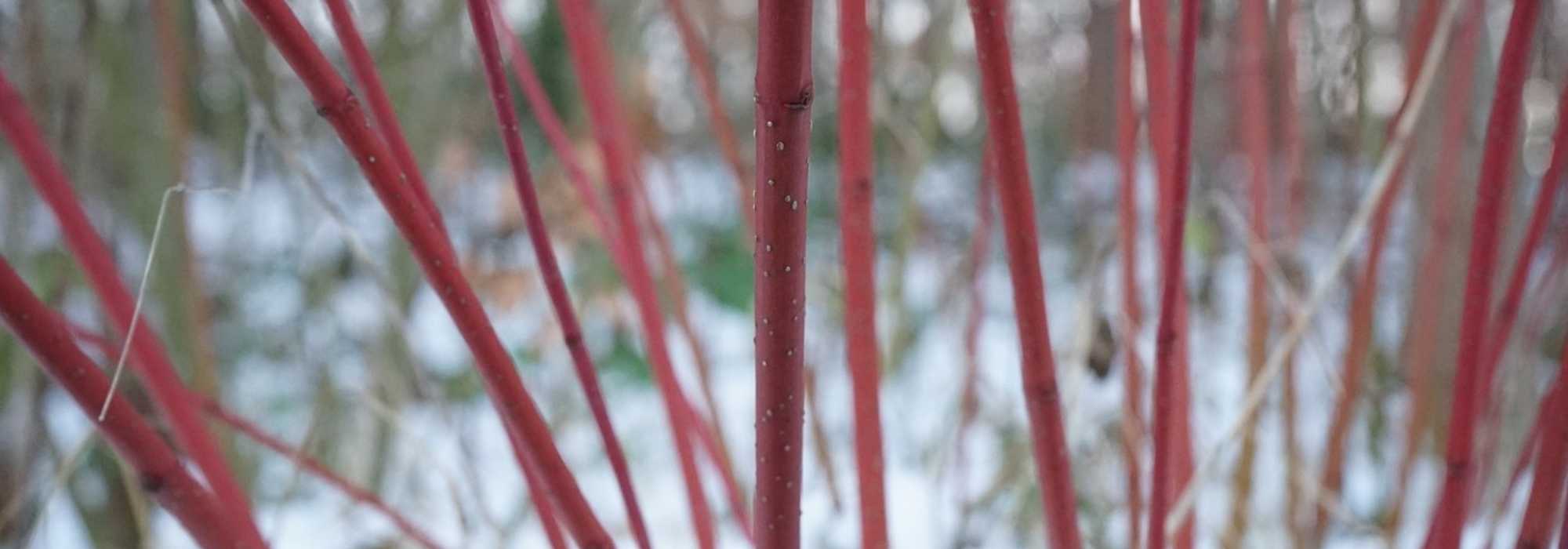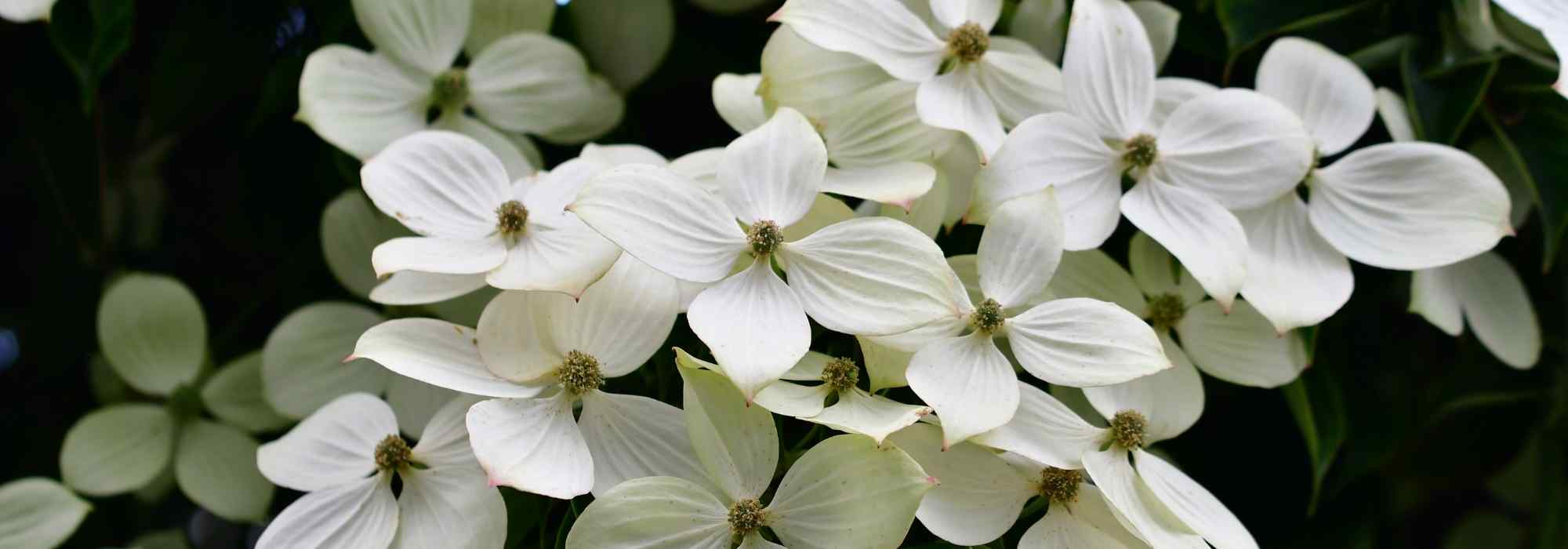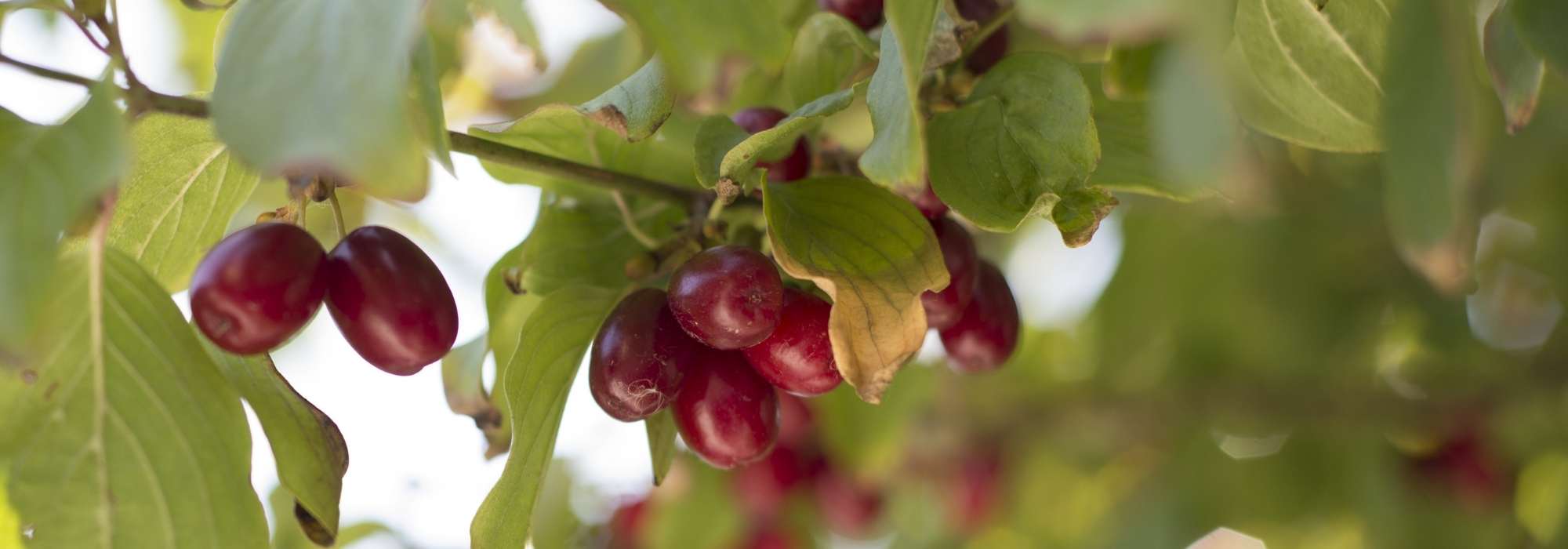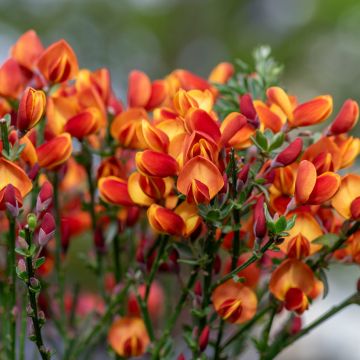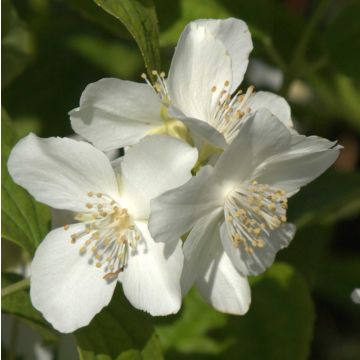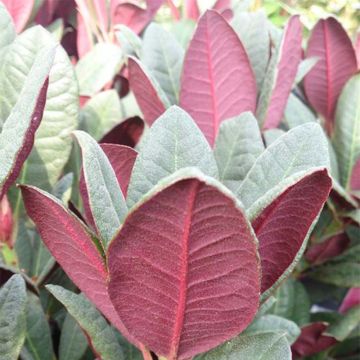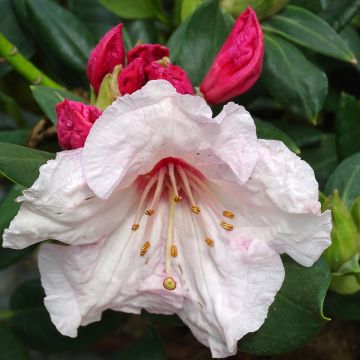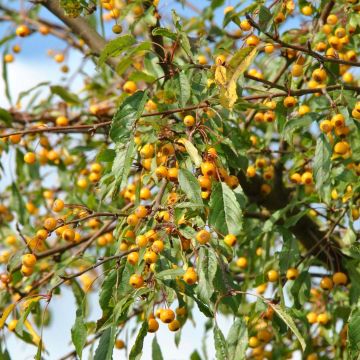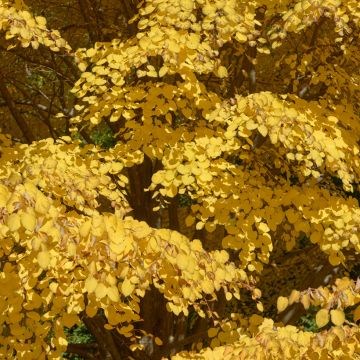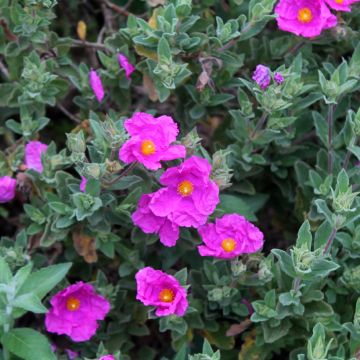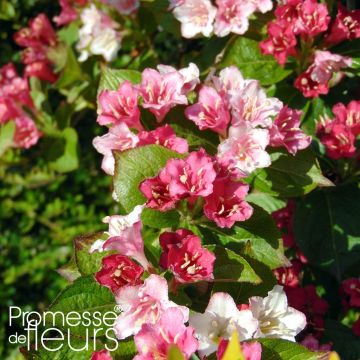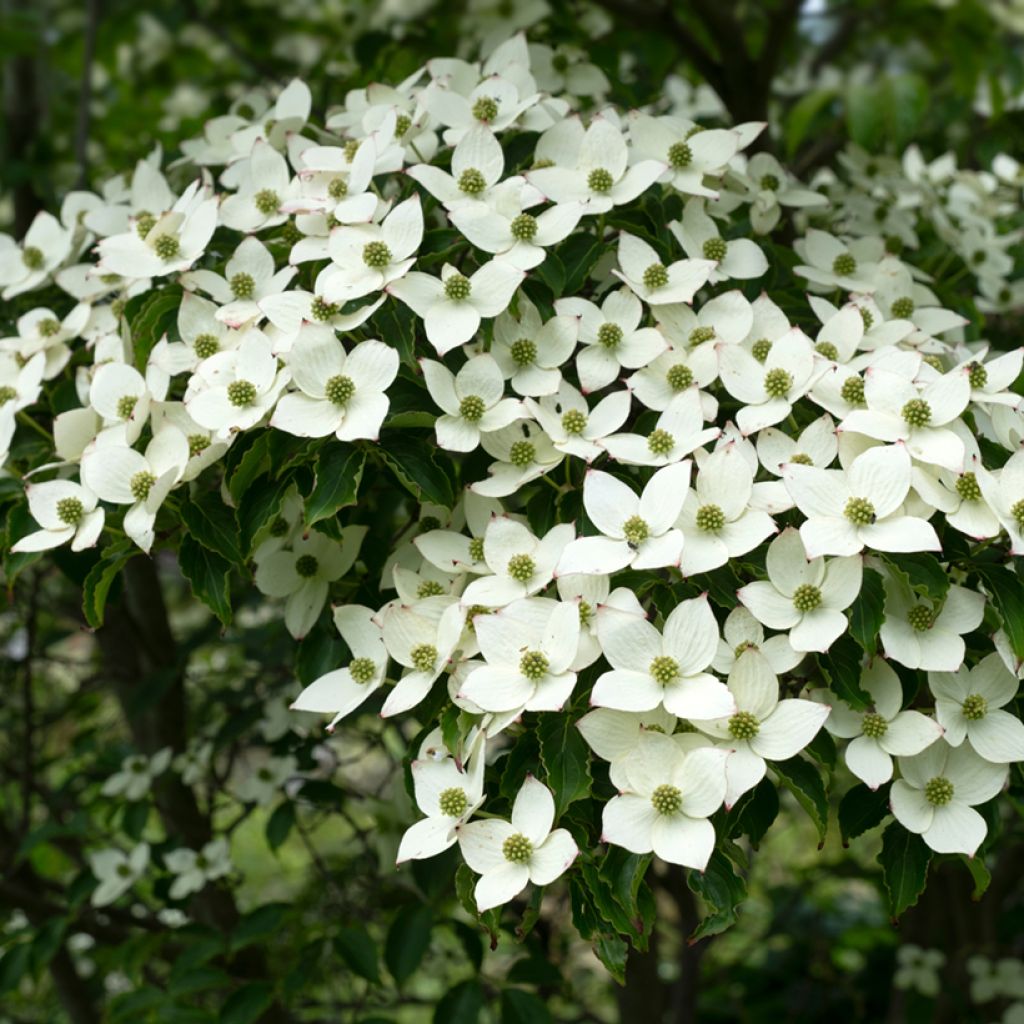

Cornus kousa Schmetterling - Flowering Dogwood
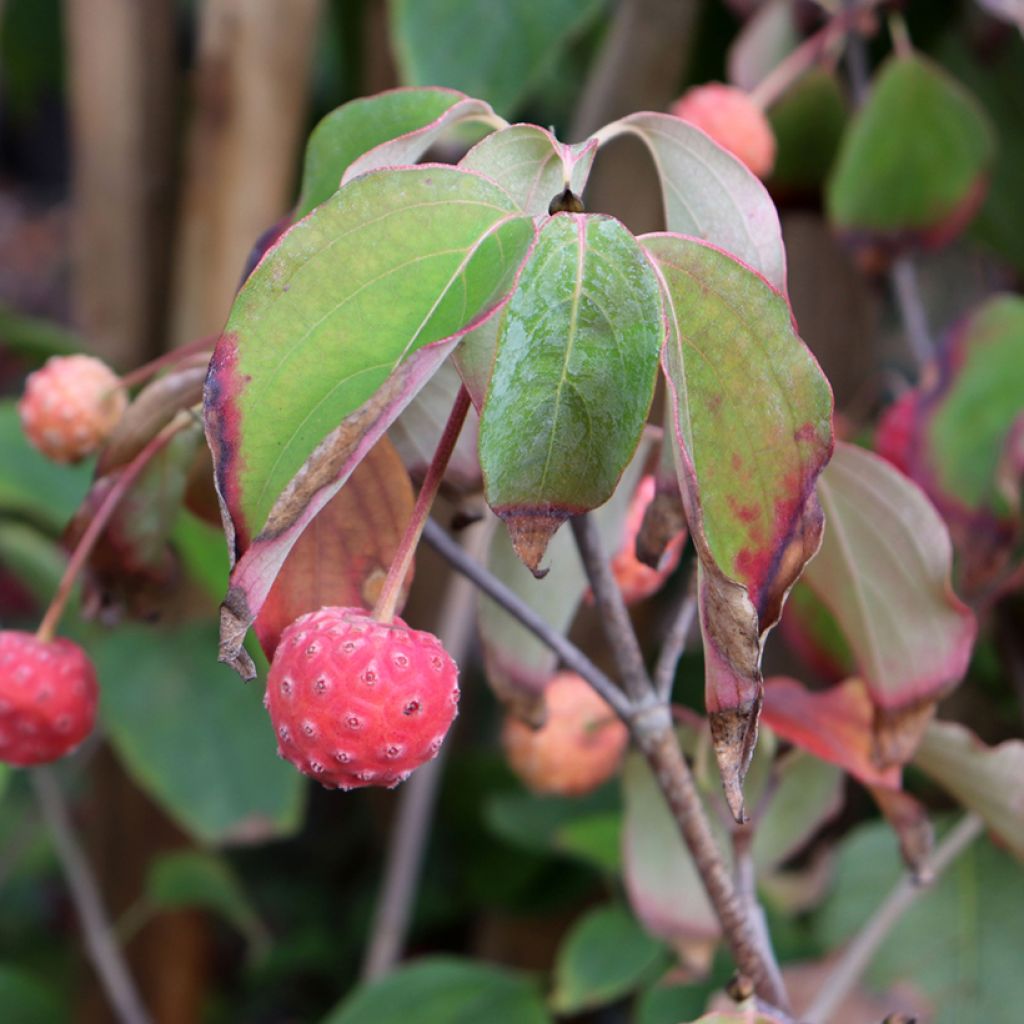

Cornus kousa Schmetterling - Flowering Dogwood
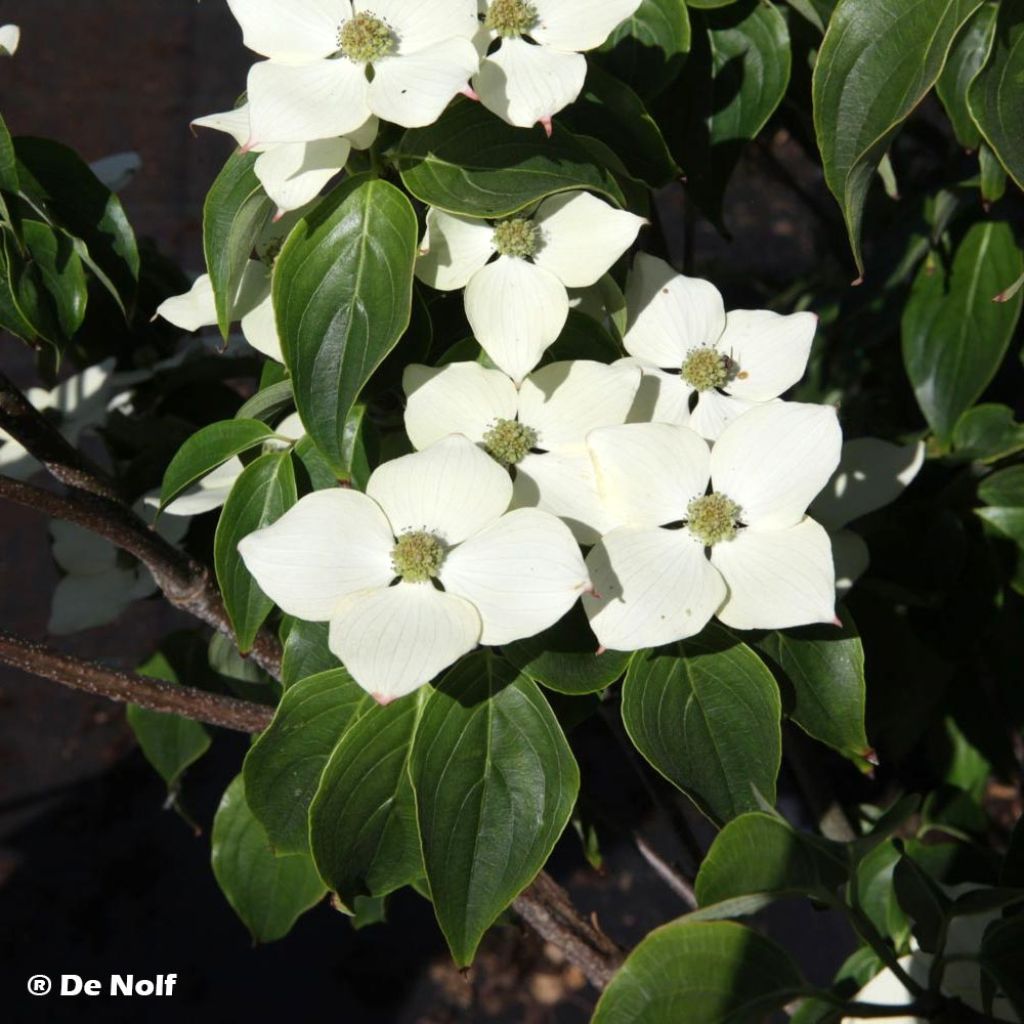

Cornus kousa Schmetterling - Flowering Dogwood
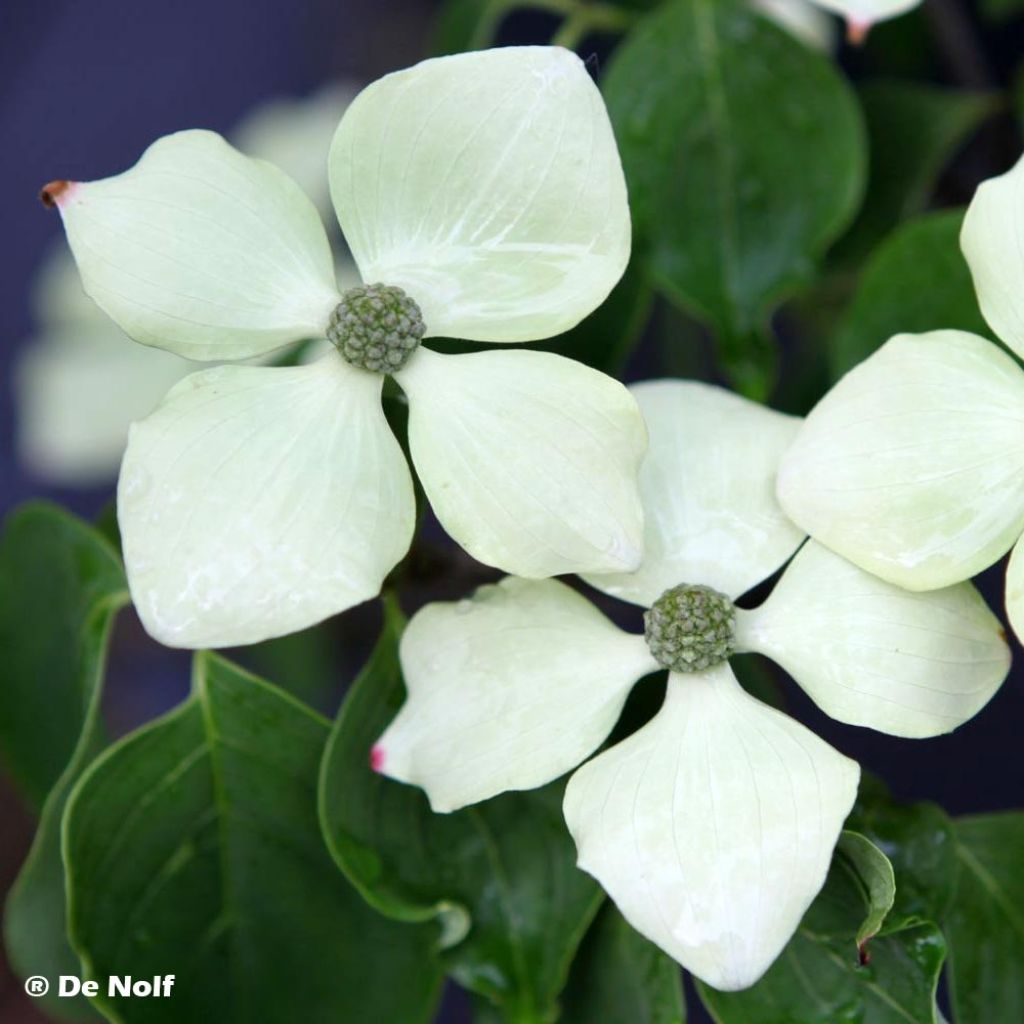

Cornus kousa Schmetterling - Flowering Dogwood
Cornus kousa Schmetterling - Flowering Dogwood
Cornus kousa Schmetterling
Kousa Dogwood, Japanese Dogwood, Chinese Dogwood
Satisfied. Received 2 weeks ago, it has taken well and already has little leaves. Can't wait to see it grow and enjoy its white flowering.
Nathalie , 15/04/2022
Special offer!
Receive a €20 voucher for any order over €90 (excluding delivery costs, credit notes, and plastic-free options)!
1- Add your favorite plants to your cart.
2- Once you have reached €90, confirm your order (you can even choose the delivery date!).
3- As soon as your order is shipped, you will receive an email containing your voucher code, valid for 3 months (90 days).
Your voucher is unique and can only be used once, for any order with a minimum value of €20, excluding delivery costs.
Can be combined with other current offers, non-divisible and non-refundable.
Home or relay delivery (depending on size and destination)
Schedule delivery date,
and select date in basket
This plant carries a 24 months recovery warranty
More information
We guarantee the quality of our plants for a full growing cycle, and will replace at our expense any plant that fails to recover under normal climatic and planting conditions.
Would this plant suit my garden?
Set up your Plantfit profile →
Description
Cornus kousa 'Schmetterling' is a variety that stands out for its compact and erect habit and the unique colour of its flowering! In spring, this elegant slender bush proudly carries a bright blanket of large 10 cm (3.9 in) diameter flowers, tinged with spectacular green in spring. It forms a bush with multiple trunks or a small spreading tree that reaches only 4 m (13.1 ft) in height and 3 m (9.8 ft) in width. Its graceful and dense silhouette is perfect for enhancing a small semi-shaded garden, as a mass in front of a house with geraniums at its base, or as a standalone on a lawn in front of a viewpoint. Its flowering occurs in April-May with large flowers, resembling countless shimmering butterflies, on charming pendulous, undulate, dark green foliage. They are followed by cascades of large red-pink berries, remaining attractive until autumn when the foliage turns orange and then scarlet before falling to the ground. Hardy and robust, simply provide it with a location in the sun or semi-shade, in fresh, well-drained, rich, deep, and non-calcareous soil.
Cornus kousa or the Japanese dogwood is a tree with small growth or a large shrub, native to Japan, China, and Korea. Its striking silhouette, supported by layered and horizontal branches, gives it a very Japanese appearance. The variety 'Schmetterling' is the result of many years of research and intense work of selection and hybridisation. It is characterised by a pure white flowering with very tapered bracts and large dark green foliage. This cultivar has an upright and spreading habit, reaching approximately 4 m (13.1 ft) in height and 3 m (9.8 ft) in width after many years. Despite its slow growth, it is a hardy and easy-to-grow shrub as long as it enjoys morning or evening sun, not too scorching, and well-drained, fresh, preferably fertile, and non-calcareous soil.
The flowering of 'Schmetterling' takes place in May-June, even on subjects aged 3 to 4 years. The bush is adorned with a multitude of large 'flowers', which are actually inflorescences. These are clusters of small true flowers surrounded by 4 oval bracts with particularly tapered tips, arranged in 10 cm (3.9 in) diameter stars, ranging from greenish-white to very light chartreuse. The flowers are arranged on the tree as if they were placed on the foliage. They are followed by numerous good-sized, strawberry-like fruits, ranging from pink to carmine red. The higher the summer temperatures, the more generous the fruiting. The fleshy fruits are edible, with a sweet flavour, but they do not have a real taste value. 'Schmetterling' has deciduous dark green foliage that turns orange and then scarlet in autumn. The leaves of Cornus kousa are ovate, strongly veined, slightly closed, with undulating edges and pendulous. They measure between 5 cm and 8 cm (2 in to 3.1 in) long and are arranged opposite each other along the branches.
Cornus kousa 'Schmetterling' thrives in continental climates, with marked summers and winters, but performs very well in milder areas. In hot regions, it should be placed in a sheltered spot, in consistently moist soil. This Japanese dogwood is still rare in gardens but nevertheless very easy to grow once it has been carefully planted. It alone constitutes a beautiful attraction and deserves to be planted as a standalone, towering in the middle of a lawn for example. It will also be advantageous at the back of a bed composed of heather or shrubs with staggered flowering or evergreen foliage. Choose, for example, to plant it with oakleaf or panicle hydrangeas, Japanese maples with purple foliage, a Cercis, a Fothergilla, or a Tetradium daniellii, the bee tree.
Cornus kousa Schmetterling - Flowering Dogwood in pictures
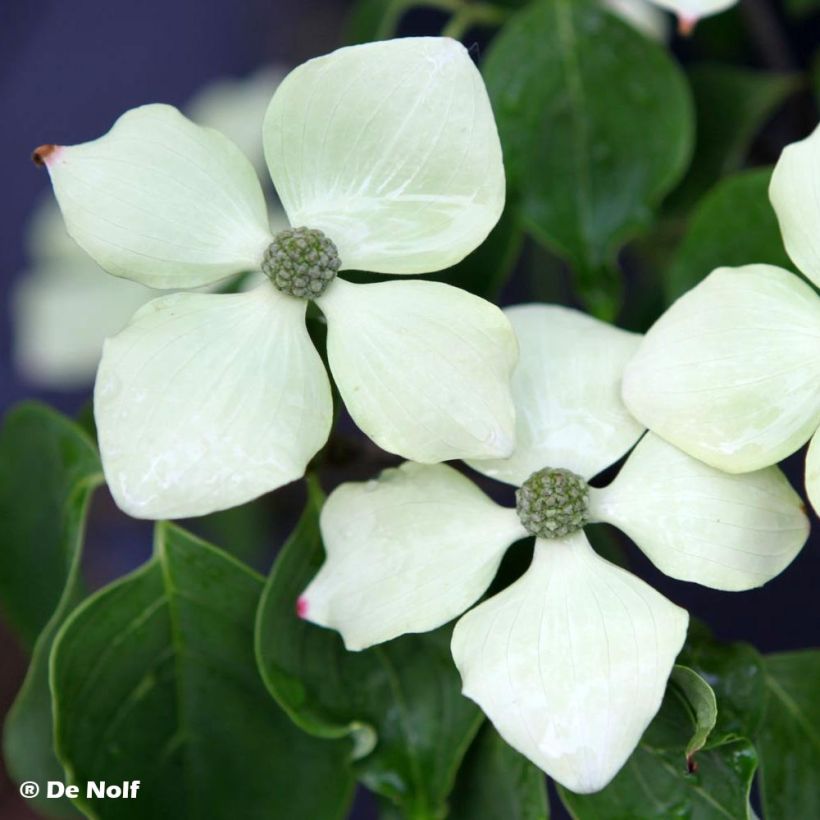

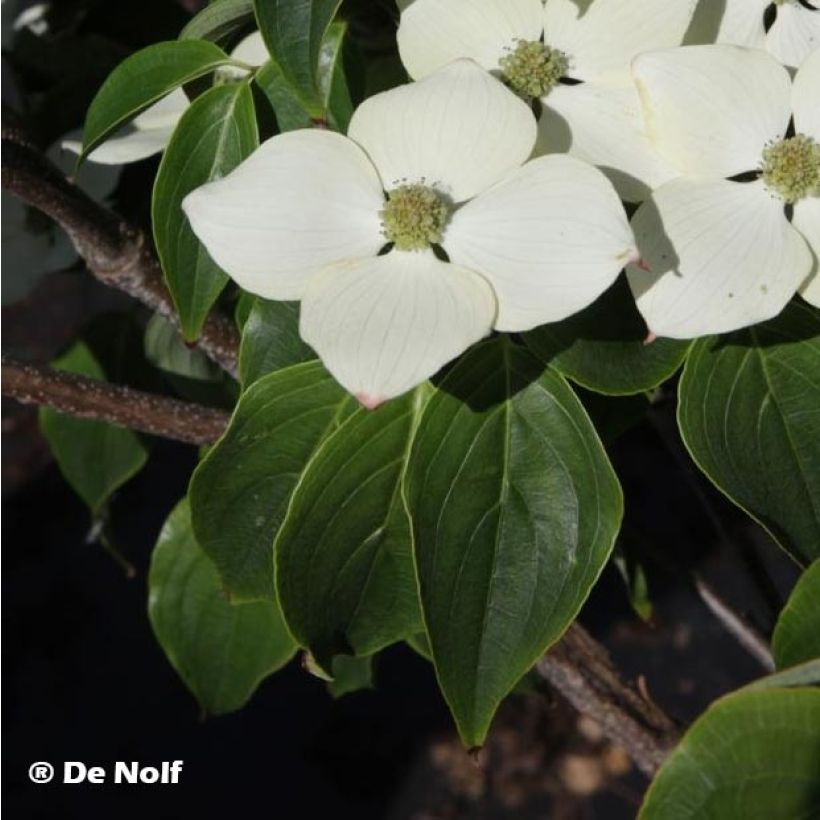

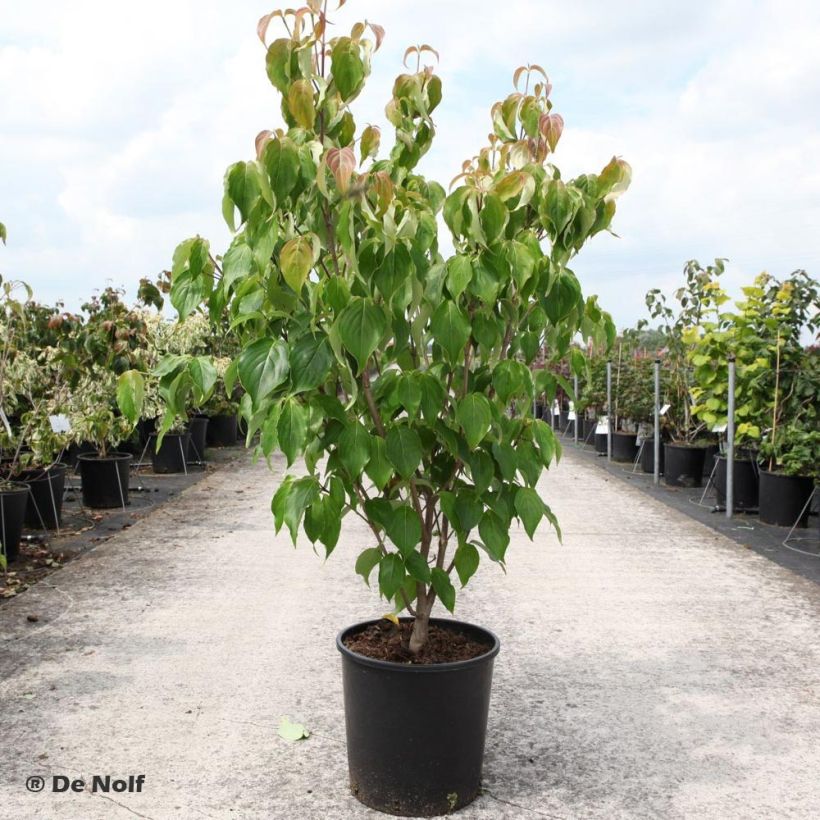

Plant habit
Flowering
Foliage
Botanical data
Cornus
kousa
Schmetterling
Cornaceae
Kousa Dogwood, Japanese Dogwood, Chinese Dogwood
Cultivar or hybrid
Planting and care
Native to Japan, Korea, and China, Cornus kousa thrive in continental climates and temperate zones. Extremely cold temperatures during winter may result in absent or reduced flowering. However, this bush is very hardy and can withstand frost as low as -15° C (5° F). It tolerates sunny exposures in areas with moderately hot summers. In hot regions, it should be planted in a sheltered spot away from scorching sun. It prefers deep, fertile, well-drained soils that are slightly acidic or neutral, but it can tolerate some limestone in the soil. It can tolerate clayey soils as long as it is protected from excessive moisture, especially in winter. Plant it in a deep hole lined with clay balls, coarse sand, or gravel to ensure good drainage if necessary, in a very compact soil. Any good, balanced, and loose garden soil suits it. At planting, add compost and leaf soil. A mulch of pine bark will help maintain freshness and promote soil acidity. Pruning is not obligatory but can be done at the end of winter to remove diseased or dead wood and crossing branches in order to maintain an attractive habit. During the first two years after planting, watering should be regular in summer, afterwards it can manage on its own.
Planting period
Intended location
Care
Planting & care advice
-
, onOrder confirmed
Reply from on Promesse de fleurs
Similar products
Haven't found what you were looking for?
Hardiness is the lowest winter temperature a plant can endure without suffering serious damage or even dying. However, hardiness is affected by location (a sheltered area, such as a patio), protection (winter cover) and soil type (hardiness is improved by well-drained soil).

Photo Sharing Terms & Conditions
In order to encourage gardeners to interact and share their experiences, Promesse de fleurs offers various media enabling content to be uploaded onto its Site - in particular via the ‘Photo sharing’ module.
The User agrees to refrain from:
- Posting any content that is illegal, prejudicial, insulting, racist, inciteful to hatred, revisionist, contrary to public decency, that infringes on privacy or on the privacy rights of third parties, in particular the publicity rights of persons and goods, intellectual property rights, or the right to privacy.
- Submitting content on behalf of a third party;
- Impersonate the identity of a third party and/or publish any personal information about a third party;
In general, the User undertakes to refrain from any unethical behaviour.
All Content (in particular text, comments, files, images, photos, videos, creative works, etc.), which may be subject to property or intellectual property rights, image or other private rights, shall remain the property of the User, subject to the limited rights granted by the terms of the licence granted by Promesse de fleurs as stated below. Users are at liberty to publish or not to publish such Content on the Site, notably via the ‘Photo Sharing’ facility, and accept that this Content shall be made public and freely accessible, notably on the Internet.
Users further acknowledge, undertake to have ,and guarantee that they hold all necessary rights and permissions to publish such material on the Site, in particular with regard to the legislation in force pertaining to any privacy, property, intellectual property, image, or contractual rights, or rights of any other nature. By publishing such Content on the Site, Users acknowledge accepting full liability as publishers of the Content within the meaning of the law, and grant Promesse de fleurs, free of charge, an inclusive, worldwide licence for the said Content for the entire duration of its publication, including all reproduction, representation, up/downloading, displaying, performing, transmission, and storage rights.
Users also grant permission for their name to be linked to the Content and accept that this link may not always be made available.
By engaging in posting material, Users consent to their Content becoming automatically accessible on the Internet, in particular on other sites and/or blogs and/or web pages of the Promesse de fleurs site, including in particular social pages and the Promesse de fleurs catalogue.
Users may secure the removal of entrusted content free of charge by issuing a simple request via our contact form.
The flowering period indicated on our website applies to countries and regions located in USDA zone 8 (France, the United Kingdom, Ireland, the Netherlands, etc.)
It will vary according to where you live:
- In zones 9 to 10 (Italy, Spain, Greece, etc.), flowering will occur about 2 to 4 weeks earlier.
- In zones 6 to 7 (Germany, Poland, Slovenia, and lower mountainous regions), flowering will be delayed by 2 to 3 weeks.
- In zone 5 (Central Europe, Scandinavia), blooming will be delayed by 3 to 5 weeks.
In temperate climates, pruning of spring-flowering shrubs (forsythia, spireas, etc.) should be done just after flowering.
Pruning of summer-flowering shrubs (Indian Lilac, Perovskia, etc.) can be done in winter or spring.
In cold regions as well as with frost-sensitive plants, avoid pruning too early when severe frosts may still occur.
The planting period indicated on our website applies to countries and regions located in USDA zone 8 (France, United Kingdom, Ireland, Netherlands).
It will vary according to where you live:
- In Mediterranean zones (Marseille, Madrid, Milan, etc.), autumn and winter are the best planting periods.
- In continental zones (Strasbourg, Munich, Vienna, etc.), delay planting by 2 to 3 weeks in spring and bring it forward by 2 to 4 weeks in autumn.
- In mountainous regions (the Alps, Pyrenees, Carpathians, etc.), it is best to plant in late spring (May-June) or late summer (August-September).
The harvesting period indicated on our website applies to countries and regions in USDA zone 8 (France, England, Ireland, the Netherlands).
In colder areas (Scandinavia, Poland, Austria...) fruit and vegetable harvests are likely to be delayed by 3-4 weeks.
In warmer areas (Italy, Spain, Greece, etc.), harvesting will probably take place earlier, depending on weather conditions.
The sowing periods indicated on our website apply to countries and regions within USDA Zone 8 (France, UK, Ireland, Netherlands).
In colder areas (Scandinavia, Poland, Austria...), delay any outdoor sowing by 3-4 weeks, or sow under glass.
In warmer climes (Italy, Spain, Greece, etc.), bring outdoor sowing forward by a few weeks.






























